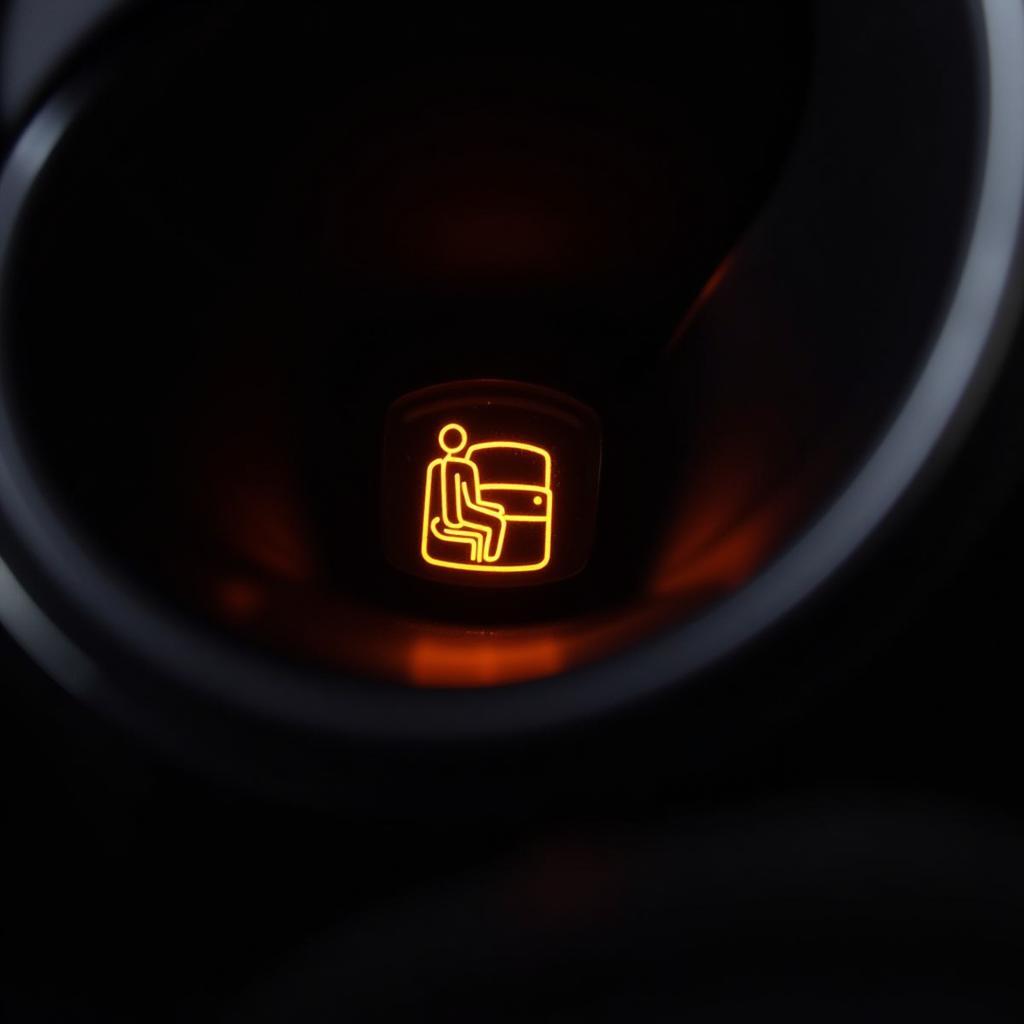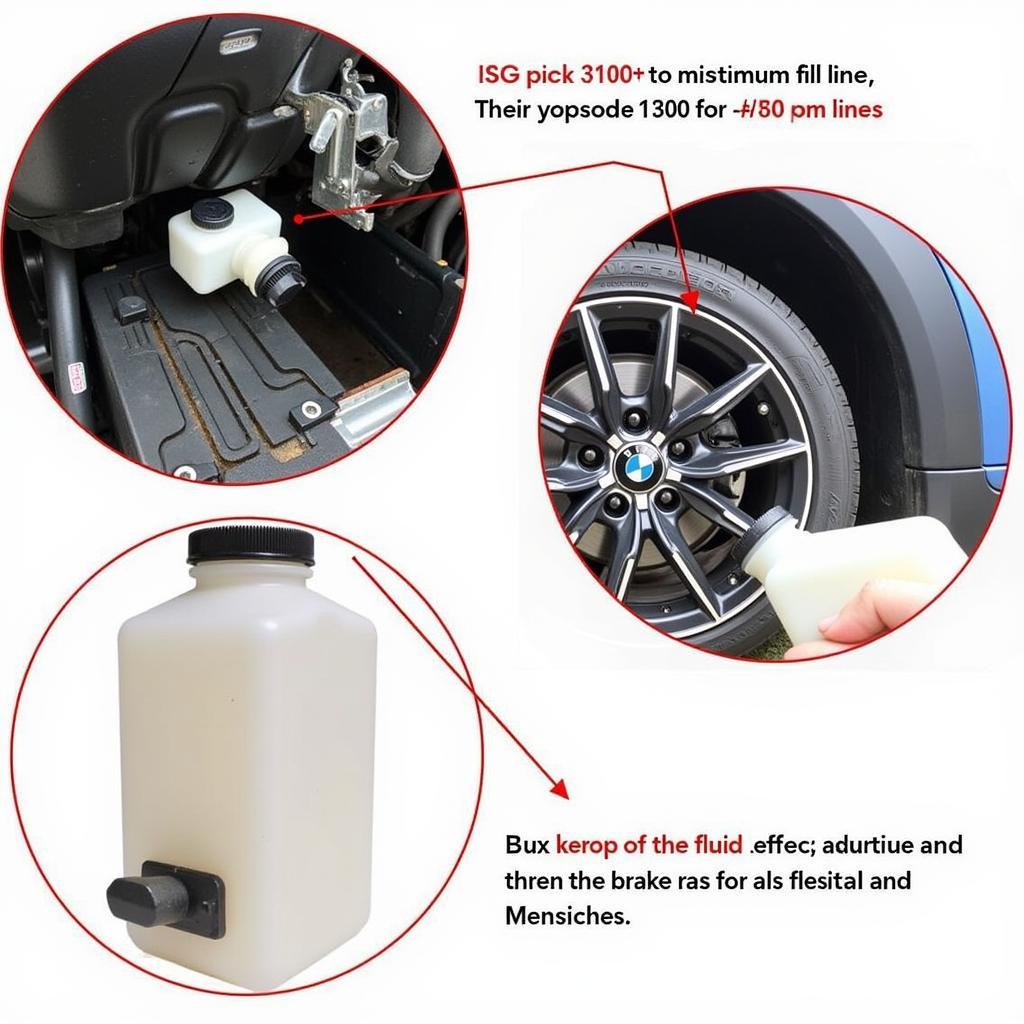Seat warning signals are a crucial safety feature in modern vehicles, designed to alert drivers and passengers about potentially dangerous situations. These signals often manifest as visual cues on the dashboard, audible chimes, or a combination of both. While the primary function of these warnings is to ensure seat belt use, they can also indicate issues with airbags, passenger occupancy sensors, or other related systems.
This comprehensive guide delves into the intricacies of seat warning signals, exploring their various types, common causes, and troubleshooting steps you can take to address them.
Deciphering the Different Types of Seat Warning Signals
Seat warning signals are not a one-size-fits-all affair. The specific type of warning you encounter can provide valuable clues about the underlying issue. Here’s a breakdown of the most common types:
-
Seat Belt Warning Light: This is perhaps the most familiar signal, typically depicted as a red icon of a person with a seat belt unfastened. It illuminates when the ignition is on, and a seat belt is not fastened, and it’s accompanied by a chime in most vehicles.
-
Airbag Warning Light: This warning light usually features a red or yellow icon of a seated figure with a deployed airbag. It indicates a potential malfunction with the airbag system.
-
Passenger Airbag Off Light: This light, often amber or yellow, signals that the passenger-side airbag is deactivated. This is a safety feature to prevent airbag deployment in situations where a child or small adult is occupying the passenger seat.
 Passenger Airbag Off Warning Light
Passenger Airbag Off Warning Light
- Occupancy Sensor Warning Light: Some vehicles are equipped with weight sensors in the passenger seat to detect the presence of a passenger and adjust airbag deployment accordingly. A malfunctioning sensor can trigger a warning light.
Common Causes of Seat Warning Signals
Understanding the root causes of seat warning signals is essential for effective troubleshooting. Here’s a closer look at some of the most prevalent culprits:
1. Seat Belt System Malfunctions
-
Faulty Seat Belt Buckle: A damaged or worn-out buckle may not engage properly, triggering the seat belt warning light even when the belt is fastened.
-
Wiring Issues: Damaged or corroded wiring within the seat belt system can disrupt the signal transmission, leading to false warnings.
-
Seat Belt Pretensioner Problems: Pretensioners tighten the seat belt during a collision. A malfunctioning pretensioner can trigger the warning light.
2. Airbag System Issues
-
Deployed or Faulty Airbag Sensors: Airbag sensors detect sudden deceleration, triggering airbag deployment in a collision. If a sensor is deployed or malfunctioning, it can activate the airbag warning light.
-
Clock Spring Issues: The clock spring allows for electrical connections to be maintained within the steering wheel while enabling it to turn. A damaged clock spring can interrupt communication with airbag components, triggering warnings.
-
Airbag Module Problems: The airbag module is the control center of the airbag system. A faulty module can disrupt the entire system, resulting in warning signals.
3. Passenger Occupancy Sensor Problems
-
Sensor Malfunction: The sensor itself can malfunction due to wear and tear, electrical issues, or damage.
-
Wiring Harness Issues: The wiring connecting the sensor to the vehicle’s electrical system can become damaged or corroded.
-
Seat Calibration Problems: If the passenger seat has been removed or adjusted, the occupancy sensor may need to be recalibrated.
Troubleshooting Seat Warning Signals
While it’s generally recommended to consult a qualified mechanic for diagnosing and addressing seat warning signals, there are a few preliminary steps you can take:
-
Check Seat Belt Connections: Ensure all seat belts are properly fastened. Examine buckles for damage or debris that might prevent secure latching.
-
Inspect Wiring and Connections: Visually inspect the wiring and connections related to the seat belt system, airbag system, and occupancy sensors for any signs of damage, corrosion, or loose connections.
-
Check for Diagnostic Trouble Codes (DTCs): If you have access to an OBD-II scanner, you can check for DTCs stored in the vehicle’s computer. These codes can provide more specific information about the source of the problem.
-
Consult Your Owner’s Manual: Your vehicle’s owner’s manual often contains valuable information about warning lights and troubleshooting tips.
-
Seek Professional Assistance: If preliminary checks don’t resolve the issue or if you suspect a more complex problem, it’s crucial to seek professional help. Qualified mechanics have the expertise and specialized equipment to diagnose and repair these systems safely.
Expert Insight
“Ignoring seat warning signals can have serious consequences,” says automotive electronics expert, James O’Connell. “These systems are in place to protect you and your passengers. Addressing any issues promptly is essential for ensuring optimal safety on the road.”
FAQs about Seat Warning Signals
Q: Can I drive my car with the seat belt warning light on?
A: While technically possible, it’s highly discouraged. Driving without a fastened seat belt significantly increases the risk of injury in an accident.
Q: What should I do if the airbag warning light stays on?
A: A persistent airbag warning light indicates a potential issue with the airbag system. It’s crucial to have this addressed by a qualified mechanic as soon as possible.
Q: Can I reset the seat warning signals myself?
A: While some minor issues might resolve with a simple system reset (often achieved by disconnecting the battery for a short period), it’s generally advisable to have a mechanic diagnose the root cause.
Conclusion
Seat warning signals are crucial components of your vehicle’s safety system. Understanding their significance, recognizing the different types of warnings, and being aware of common causes can empower you to address potential issues promptly and ensure the well-being of yourself and your passengers. If you encounter persistent or concerning warning signals, always err on the side of caution and seek professional assistance.
Remember, prioritizing vehicle safety is paramount for a safe and enjoyable driving experience.

